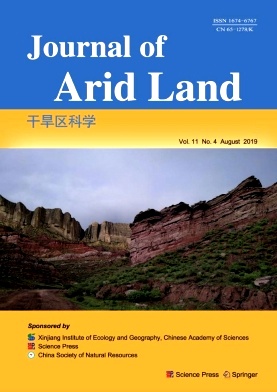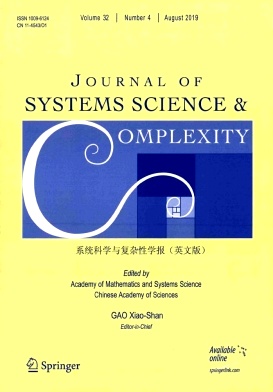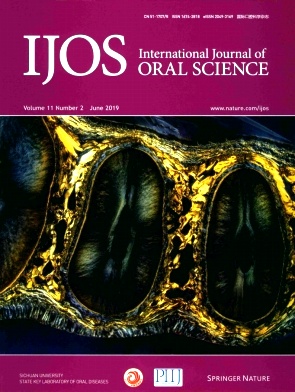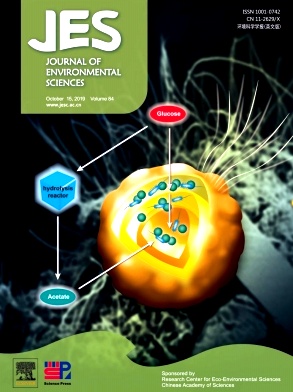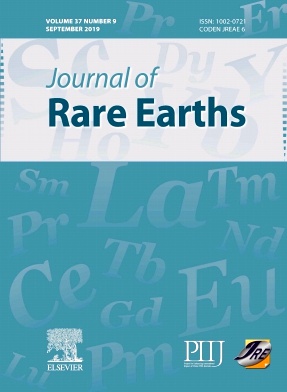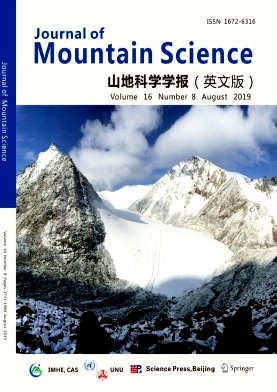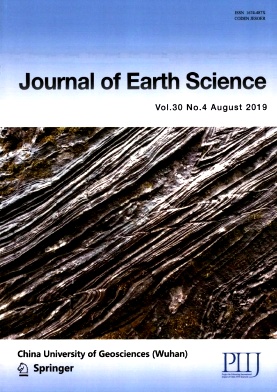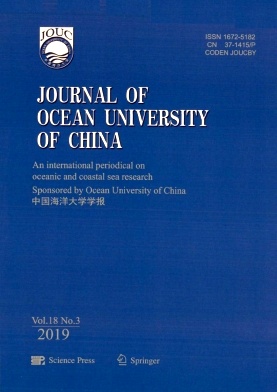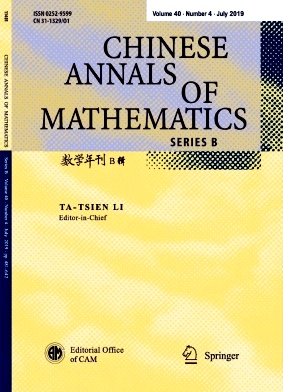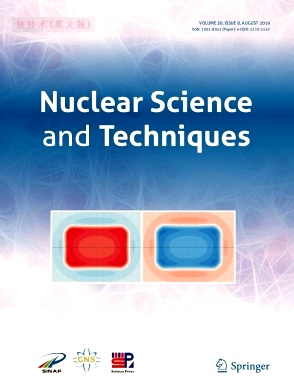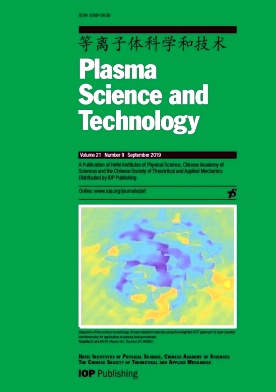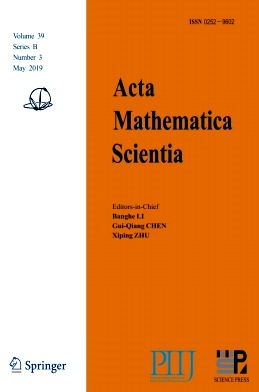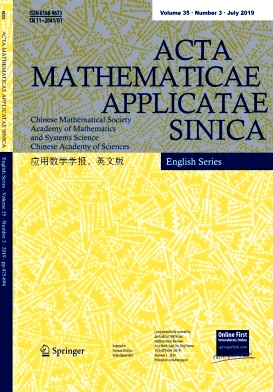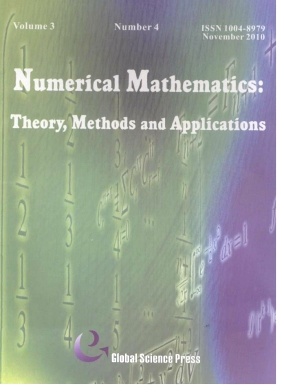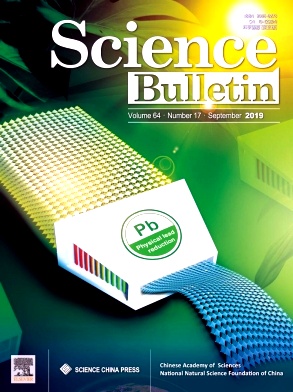Journal of Arid Land杂志 期刊收录
Journal of Arid Land杂志 期刊荣誉
,
Journal of Arid Land杂志杂志栏目设置
学术论文 专题评述 研究简讯 学术动态 书评
Journal of Arid Land杂志杂志必读信息
杂志社审稿周期1-3个月,不代表你现在投稿,审稿周期一到就能发表,仅仅是在这个时间内审核你的文章,审稿人每天会收到很多稿件,即使你的文章优秀,被审完后无任何问题,也需要排期发表,因为在你之前已经有很多稿件了,每一期杂志就那么点版面,投稿量远大于现有版面量,今年投稿的论文,正常是需要等到明年(甚至是下半年、后年)见刊,自行投稿会更慢,这是目前行业现状。
Journal of Arid Land杂志投稿方向
学术论文 专题评述 研究简讯 学术动态 书评
Journal of Arid Land杂志杂志投稿要求
Keywords: Immediately after the abstract, provide 3 to 7 keywords, closely related to the subject of the article. Avoid general and plural terms and multiple concepts (e.g., 'and', 'of').
Introduction: Provide an adequate background. State the significance, objective and method of the research, citing necessary references, especially references of work published in the last two to three years.
Study area/materials and methods: Introducing a general idea of the study area or experimental setting, the materials and methods used and the basic progress of the study. Provide sufficient detail to allow the work to be reproduced or substantiated.
Methods already published should be indicated by a reference.
Results: Relating the findings and results of the observation(s) and experiment(s) without interpreting their meaning. Results should be clear and concise.
Discussion: Explaining all of your observations within your experiment(s). Exploring the significance of the results, but do not repeat them in the text. Stating whether each of your hypotheses are supported, rejected or if you cannot make a decision with confidence, and suggesting future studies or modifications to the same study.
Conclusions: Presenting main conclusions of the study that may stand alone or creating a discussion subsection.
Acknowledgements: Acknowledgements should include, if applicable, information on grants received, funding organizations, and/or recognition of people who assisted in the research or article.
References: Please cite a reference to acknowledge sources of information from others’ research and results. Ensure that
every reference cited in the text is also present in the reference list. Citation guidelines are as follows: as (Smith, 1998) for single author, as (Smith and Miller, 1999) for two authors, and as (Smith et al., 2006) for three or more authors. Groups of references should be listed first chronologically, then alphabetically. In the reference list, references should be arranged first alphabetically, then chronologically, if necessary. More than one reference from the same author(s) in the same year must be identified by the letters "a", "b", "c", etc., placed after the year of publication. Journal names should not be abbreviated.
Reference examples:
Articles: Ames R N, Reid C P P, Porter L K, et al. 1983. Hyphal uptake and transport of nitrogen from two 15N-labelled
sources by Glomus misseae, a vesicular-arbuscular mycorrhizal fungus. New Phytologist, 95(3): 381396.
Monograph: Lambers H, Stuart Chapin ΙΙΙ F, Pons T L. 2008. Plant Physiological Ecology. 2nd ed. New York: Springer Science+Business Media, 5664.
Proceedings: Bernstein N, Kafkafi U. 2002. Root growth under salinity stress. In: Waisel Y, Eshel A, Kafkafi U. Plant Roots,
the Hidden Half. New York: Marcel Dekker Press, 787805.
Electronic reference: UNESCO World Heritage Centre. 2008. Operational Guidelines for the Implementation of the World
Heritage Convention. Paris: UNESCO World Heritage Centre. [2009-11-17].
Journal of Arid Land杂志杂志简介
- >
- >
Applied Mathematics:A Journal of Chinese Universit杂志
影响因子:
季刊SCI核心期刊Chinese Annals of Mathematics,Series B杂志
影响因子:
双月刊SCI核心期刊Nuclear Science and Techniques杂志
影响因子:
双月刊CSCD核心期刊Journal of Systems Science Complexity杂志
影响因子:
双月刊CSCD核心期刊Plasma Science and Technology杂志
影响因子:
月刊CSCD核心期刊Acta Mathematica Scientia(English Series)杂志
影响因子:
双月刊SCI核心期刊Acta Mathematicae Applicatae Sinica杂志
影响因子:
季刊CSCD核心期刊Numerical Mathematics杂志
影响因子:
季刊SCI核心期刊Science Bulletin杂志
影响因子:
半月刊SCI核心期刊International Journal of Oral Science杂志
影响因子:
季刊SCI核心期刊Journal of Systems Science and Systems Engineering杂志
影响因子:
季刊CSCD核心期刊Journal of Environmental Sciences杂志
影响因子:
月刊统计源期刊


